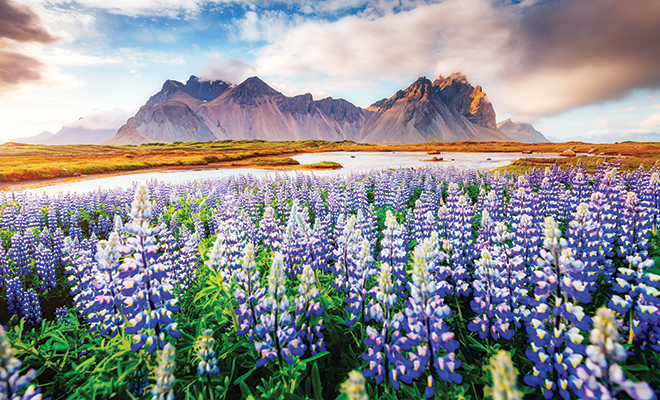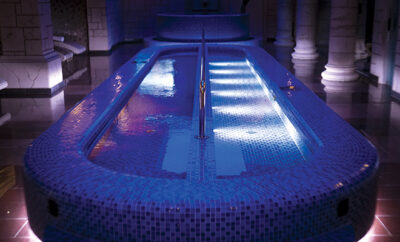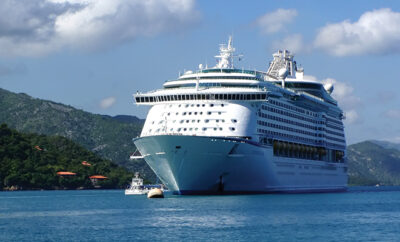
Iceland: Legends and Landscapes
As spring approaches and you begin planning an escape to the tropics for your next vacation, think outside the box.
Maybe this year, you can challenge yourself with an adventure vacation in Iceland, where you can explore pristine nature, tour the unusual geography and geological features of the island nation, and learn about one of Europe’s oldest cultures. The abundance of sea life leads to interesting tours on the water. With its active volcanoes, geysers, and glaciers, Iceland is in a constant state of change.
Iceland has periods of extended daylight and long winter nights. June has the best weather and longest daylight hours. October marks the beginning of winter, with February being the coldest month and having only seven to eight hours of daylight.
The Aurora Borealis, or Northern lights, is a cosmic display that’s seen in certain northern countries. They are caused by solar winds that collide with oxygen, nitrogen and hydrogen in the upper atmosphere, causing fascinating displays of color in the skies. Most last about a half hour. Make sure you book a tour to see these beautiful cosmic displays.
Iceland is subarctic, with average temperatures between 35 and 45 degrees Fahrenheit in the capital of Reykjavík. The Gulf Stream helps control the climate along the coast, making it warmer than many areas of the same latitude. Only the coastal areas are settled. The interior of the island is virtually uninhabitable with a desert over 50 percent of the land; ice caps cover another 15 percent. When you add in the glacier sand plains, geysers, fumaroles and hot springs, there’s not much left for settlement.
In Reykjavík, visit the National Museum, which contains artifacts from all eras of the Icelandic civilization, including a powerful bronze statue of Thor and a priceless carved door from the 13th century. For most people, the purpose of visiting Iceland is to experience more adventuresome outings than museum visits, so you will want to head out on some of the fabulous tours offered by various agencies.
Reykjavík’s the starting point for numerous day trips to different areas of the island. One of Iceland’s most popular attractions is the Blue Lagoon Spa. About 30 miles from the capital, the Blue Lagoon is filled with thermal waters; you can relax, soak, swim, have an in-pool massage and enjoy drinks from the bar. The air is cool, in keeping with the magnificent snowcapped mountains in the background. Icelandic pools have a regulation that everyone must shower in their birthday suits before entering the water. If you forgot your swimsuit, you can rent one at the spa. Be sure to leave your jewelry and watch in your locker. The water will corrode silver and gold plating.
Good hiking boots are necessary for the volcanoes and glacier walk tours. You’ll ride in a jeep to the Eyjafjallajökull Volcano. The forces that created the Eyjafjallajökull crater are visible on the glacier and the area around it. The tour continues to Solheimajökull glacier, where you can walk out onto the ice field. On the return to Reykjavík, the tour goes by the Skógafoss and Seljalandsfoss waterfalls; you’ll want a good camera to catch the breathtaking scenery.
Whale-watching tours are another exciting experience. There are over 23 different species of cetaceans that frequent the nutrient-rich waters off the coast. The summer season, May to August, is the peak season for observing these magnificent animals. As the cetaceans feed, seabirds fill the air to get their fair share of the fish driven up by the ocean dwellers. The climate is cooler on the ocean, and you’ll be given warm coveralls so you can enjoy the tour without the intense discomfort of the open sea. Tours depart from Reykjavík but even better tours leave from Husavik on the other side of the island.
The food of Iceland is farm fresh. Farmers use the thermal energy to grow crops such as tomatoes, strawberries, cucumbers, cabbage and bell peppers in modern greenhouses. Hardy vegetables such as kale, carrots, rutabagas, cabbage and potatoes are grown outdoors.
Local fishermen supply the country with an abundance of cod, halibut and a variety of other seafood. Iceland is one of three countries in the world where you can eat whale meat, which tastes surprisingly similar to beef. Be sure to look for whale under meats, as whales are mammals, not fish. Puffin and mutton round out the traditional meats.
You may be tested by locals who swear by their fermented shark, kæstur hákarl, washed down by Brennivín, a grain spirit flavored with caraway. Ignore them; even Anthony Bourdain claimed he would not eat it again!
Pack your warmest clothing, a swimsuit and a good camera, invest in good hiking boots and confer with a knowledgeable travel agent. Iceland awaits! ■
Sources: iceland.is, icelandnaturally.com and lonelyplanet.com.







